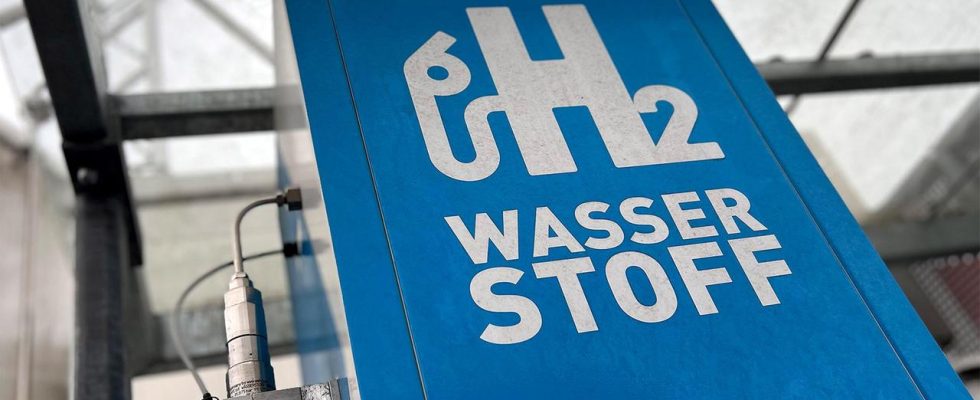Green hydrogen is considered a central building block for achieving climate neutrality. But according to a study, Germany and the EU are in danger of missing their own hydrogen targets.
According to a study by management consultancy PwC, Germany and the EU are likely to miss their own hydrogen targets. “Germany is clearly lagging behind its plans,” write the industry experts. Today, electrolysis capacities of less than 0.1 gigawatt (GW) are in operation, and projects with 0.55 GW are being financed.
For comparison: the hydrogen capacity in Germany should be ten GW by 2030 – at least that’s what the federal government’s “National Hydrogen Strategy” envisages. It was only last summer that the Federal Cabinet decided to update these ambitious hydrogen plans.
Hydrogen target might be difficult to reach
By 2030, hydrogen is to be increasingly used in industry, heavy commercial vehicles and in air and shipping transport in order to achieve Germany’s goal of climate neutrality by 2045.
In order to achieve the 10 GW target by 2030, Germany would now have to build electrolysis plants with one to two GW and 200 to 400 wind turbines every year, the PwC experts calculate. However, only 0.25 GW of expansion was financed in the past two years.
EU far away from its own goals
Things aren’t looking any better in the European Union (EU): According to PwC, the EU wants to use at least 20 million tons of clean hydrogen in 2030 and produce half of it in Europe itself. However, “the EU is a long way from that.” To do this, it would have to build 120 GW of capacity.
Currently, only 0.2 GW of plants are in operation, while plants with an output of three GW are under construction or financed. In view of its own goals, the EU would have to build plants with an output of 20 GW every year.
China, South Korea and Japan are ahead
There is a huge gap worldwide between announcements and implementation, the study continues. Projects with 840 GW have been announced. However, only 15 GW are financed or under construction, and systems with just one GW are in operation.
When it comes to plans, Europe is in first place ahead of Africa and Latin America – when it comes to implementation, China, South Korea and Japan are the leaders. According to PwC, the Asian trio “already has twice as much production capacity in operation, financed or under construction as Europe.” The USA is primarily relying on cheaper hydrogen, which is produced by capturing and storing CO2.
Hydrogen important as Energy storage
But why is hydrogen so important in the energy architecture of the future? This is due to its versatile applicability: as a fuel, chemical raw material and as energy storage. When converted into hydrogen, renewable electricity can be easily stored and transported over long distances via pipelines or liquefied. For the federal government, hydrogen, which has long been overshadowed by photovoltaics and wind power, is a key element for the energy transition.
Study co-author Dirk Niemeier from PwC also sees politics as having a duty to enable large-volume hydrogen purchase agreements in the future. The prerequisite for this is funding that, similar to renewable electricity, compensates for the initial additional costs compared to fossil alternatives.

